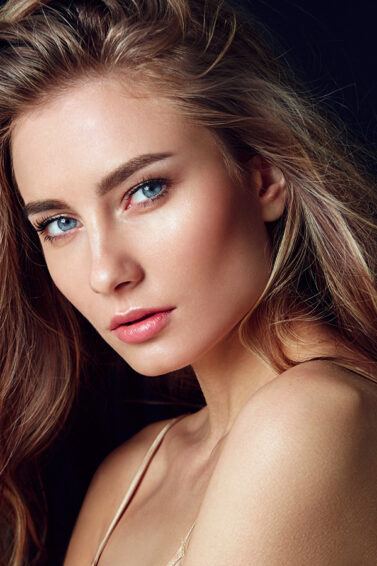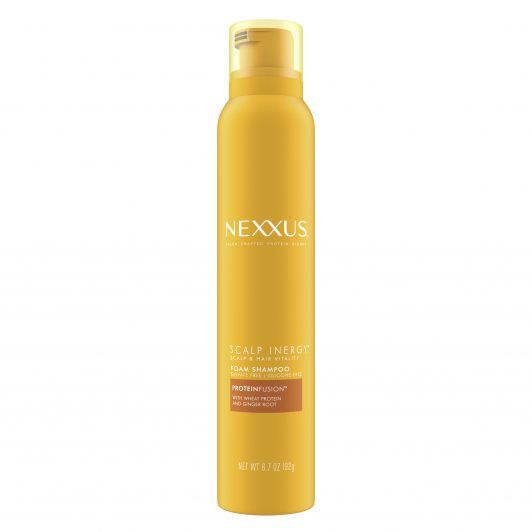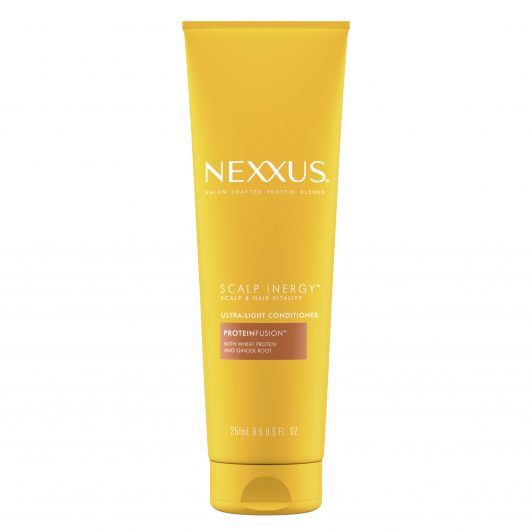
Mejor temperatura para lavarse el cabello y tener hebras suaves y brillantes
Por qué necesitas tibia y fría
It is important to know the best temperature to wash your hair in order to have healthy and shiny hair.
Ideally, start with lukewarm water or a little hotter than the weather and end with warm or cold water.
This is the washing technique applied in beauty salons and you can also use it at home.
Here’s why you need both temperatures to wash your hair properly.
Por qué de la temperatura para lavarse el cabello depende su textura
Why do you have to wash with lukewarm water?

First of all, we should mention that there is a vast difference between warm and hot water .
Specifically, we are talking about setting the water to approximately 100°F.
This temperature is ideal since it is a little warmer than our body temperature. Warm water is good for:
- Warm water removes dirt, grime, and product buildup: Dirt penetrates hair strands, coating them in oil and making them fine and brittle. Hot water dissolves said dirt and cleanses the hair follicles.
- Esta temperatura fomenta el flujo de sangre a los folículos en el cuero cabelludo: Es decir, permite que la cutícula se abra y absorba los nutrientes e ingredientes activos presentes en las formulaciones de los sistemas de lavado.
- El agua tibia le aumenta el volumen a las hebras: Así como lo oyes, esta temperatura le aumenta el grosor a las hebras, ya que les quita una gran parte de aceites naturales. El resultado es una hebra más voluminosa.
Por otro lado, el agua caliente ofrece más perjuicios que beneficios. Por ejemplo, elimina todos los aceites naturales, reseca el cuero cabelludo y debilita las hebras.
Por qué hay que enjuagar con agua fría

Mencionamos anteriormente que el agua tibia abre la cutícula capilar y esto es bueno para limiarla.
Por obvias razones, no se puede dejar abrierta, ya que no retendrá los nutrtientes adquiridos y necesitas cerrarla.
Es por eso que se recomienda enjuagar el cabello con agua fría, ya que cerrarás la cutícula capilar sellando los nutrientes adentro.
- El agua fría conserva los aceites naturales: El agua fría preserva los aceites naturales en las hebras, y por lo tanto, lucirán suaves y manejables.
- Cierra la cutícula capilar: Cuando las cutículas de las hebras están cerradas, el cabello permanece suave, liso, brillante y sin frizz, porque retiene hidratación.
- El agua fría cierra los poros del cuero cabelludo: Esto es importante para que el cuero cabelludo permanezca más limpio. El agua fría cierra sus poros para que no estén vulnerables a la suciedad, el aceite y la grasa. Por lo tanto, el cuero cabelludo permanecerá limpio por más tiempo.
Cabe anotar que enjugar el cabello con agua fría puede ser incómodo, especialmente durante el invierno.
Temperatura para lavarse el cabello y desintoxicarlo
Al lavar el cabello las hebras retienen los nutrientes, vitaminas y beneficios de los ingredientes del sistema de lavado, y por lo tanto los acumula.
This last point is essential, since they must be eliminated regularly to maintain balanced and healthy hair and scalp.
Otherwise, hair will look heavy, greasy, stuck together, and dull from all the product buildup on the strands.
That’s why you should use a clarifying wash system at least once a week to remove excess oil and product buildup on strands.
We like the effect of Nexxus Scalp Inergy Foam Paraben & Silicone Free Shampoo and Nexxus Scalp Inergy Ultra Light Silicone Free Conditioner .
This paraben and silicone free clarifying wash system is safe, gentle and effective.
At what temperature do you normally wash your hair?


